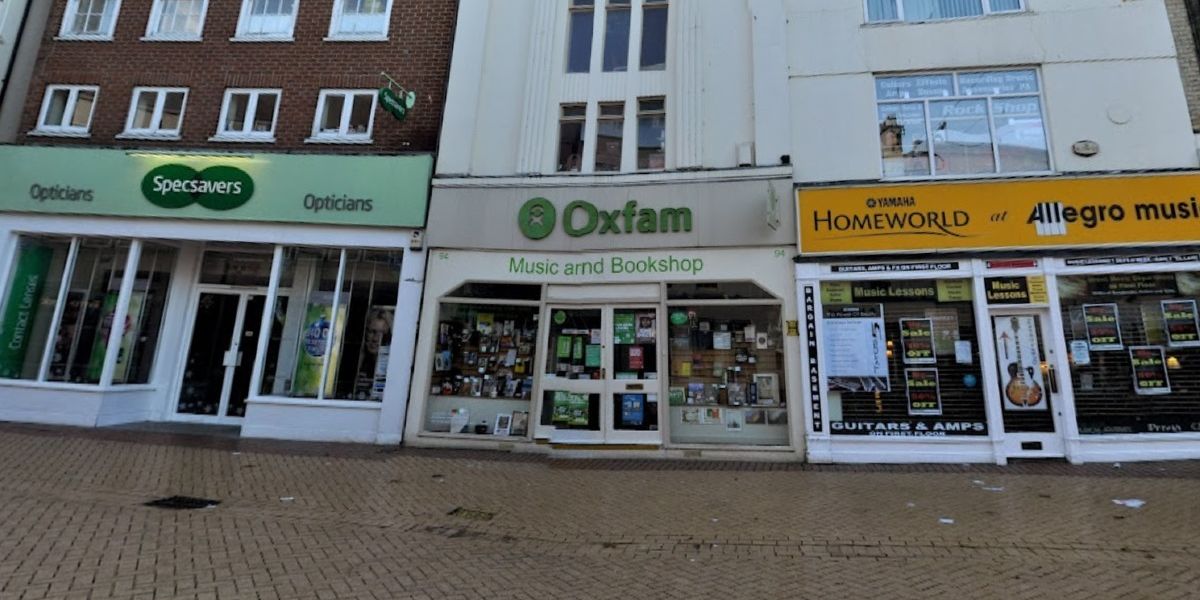For Richard Cottle, owner of a concrete-mixing business on Norfolk Island, there was only one explanation when US President Donald Trump unveiled a hefty 29 per cent tariff on the tiny territory about 965km (600 miles) off eastern Australia: “it was just a mistake”.
Though the rugged volcanic island in the southern Pacific does ship a modest amount of Kentia palm seeds abroad, typically worth less than US$1 million a year, mostly to Europe, news of the unusually steep tariff passed through its 2,188 residents on Thursday with a mixture of amusement and confusion.
“Norfolk Island is a little dot in the world,” Cottle said by phone. “We don’t export anything.”
Norfolk Island was among dozens of tiny territories which appeared on the same list as China and the European Union as recipients of Trump’s highly anticipated tariff regime, even though they do not have a real manufacturing or export industry.
Some, like the Heard and McDonald Islands in the Antarctic, which like Norfolk Island is overseen by Australia, did not even have human inhabitants. No matter – as of Thursday, they faced a 10 per cent tariff for exports to the US.
Australian Prime Minister Anthony Albanese, on the campaign trail ahead of an election in a month, told the media his country did better than most with a tariff of 10 per cent – half of what the EU was hit with and one-third of what China got – but he had no explanation for Norfolk Island.

 By South China Morning Post | Created at 2025-04-03 07:56:35 | Updated at 2025-04-04 18:15:09
1 day ago
By South China Morning Post | Created at 2025-04-03 07:56:35 | Updated at 2025-04-04 18:15:09
1 day ago








